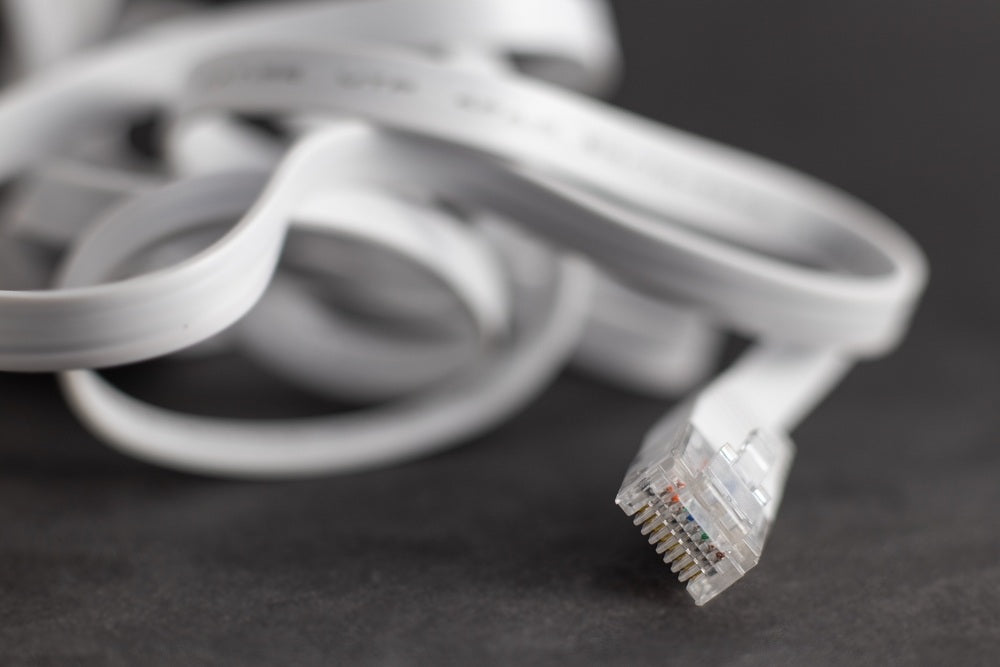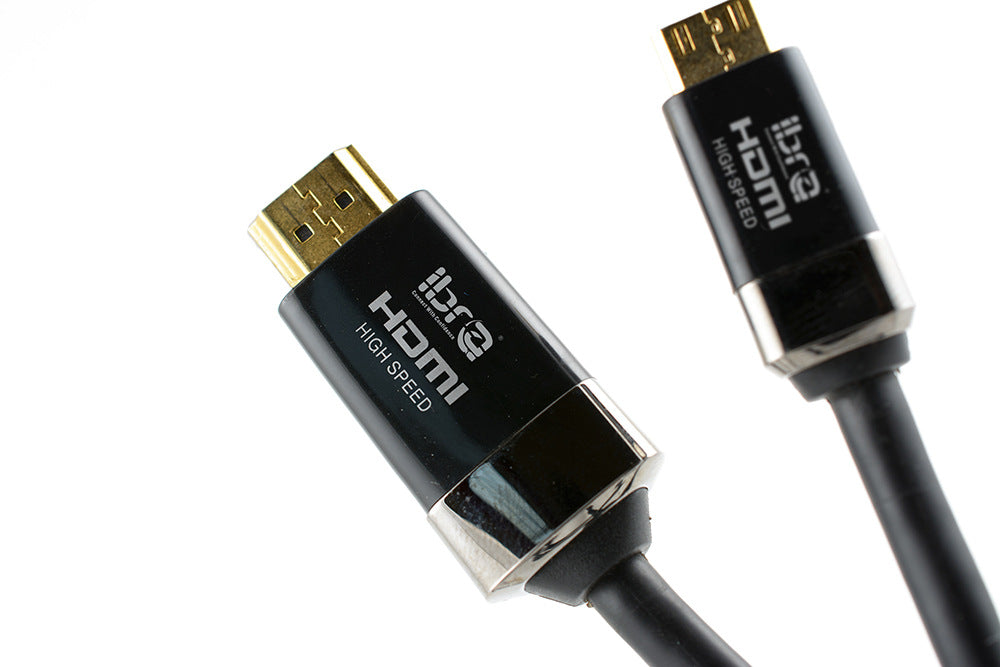In today’s technology-driven world, cables play a significant role in connecting devices, charging gadgets, and transferring data. Among the most commonly discussed options are HDMI and Type-C cables. While both are widely used, they serve distinct purposes and cater to different needs. Understanding their differences can help you choose the right cable for your specific requirements.
This guide will dive into the key differences between HDMI and Type-C cables, highlighting their unique features, uses, and advantages.
1. Understanding HDMI Cables
What Are HDMI Cables?
HDMI, or High-Definition Multimedia Interface, cables are primarily designed for transmitting audio and video signals. They are widely used to connect devices like TVs, monitors, projectors, and gaming consoles to media sources such as laptops, Blu-ray players, or set-top boxes.
Features of HDMI Cables
HDMI cables stand out for their ability to deliver high-quality video and audio. They support resolutions up to 4K and even 8K on modern devices. Moreover, HDMI cables can handle multiple audio channels, making them ideal for home theater setups.
When to Use HDMI Cables
If you’re looking to display content from one device onto a larger screen or need an immersive multimedia experience, HDMI charging cables are the go-to option. Whether you're connecting a laptop to a TV for movie night or setting up a presentation, HDMI cables ensure a seamless connection.
2. Getting to Know Type-C Cables
What Are Type-C Cables?
Type-C cables, commonly referred to as USB-C, represent the latest evolution in USB technology. They are versatile, compact, and reversible, making them convenient for modern gadgets. These cables are widely used for charging devices and transferring data.
Features of Type-C Cables
One of the standout features of Type-C cables is their ability to deliver power and data simultaneously. A Type-C charger, for example, can quickly charge smartphones, laptops, and tablets while enabling data transfer. Additionally, Type-C cables support faster charging speeds and higher data transfer rates compared to their predecessors.
When to Use Type-C Cables
If you need to charge your devices or transfer data between them, Type-C cables are an excellent choice. They are compatible with a wide range of devices, including smartphones, laptops, and even some modern monitors.
3. HDMI vs. Type-C: Key Differences
While both HDMI and Type-C cables are important in their own right, they cater to distinct needs. Here’s a closer look when comparing HDMI vs type C:
Purpose
When comparing HDMI vs Type C, The most significant difference lies in their purpose. HDMI cables are designed for transmitting high-definition video and audio signals, making them ideal for multimedia setups. In contrast, Type-C cables focus on charging devices and transferring data, although they can also support video output in some cases.
Compatibility
HDMI cables are primarily used with TVs, monitors, projectors, and gaming consoles. On the other hand, Type-C cables are compatible with a broader range of devices, including smartphones, tablets, laptops, and even certain external displays.
Reversibility
One major advantage of Type-C cables is their reversible design, allowing users to plug them in either way. HDMI cables, however, have a fixed orientation, which can sometimes be less convenient.
Data and Power Delivery
Type-C cables excel in delivering both power and data simultaneously, whereas HDMI cables focus exclusively on audio and video signals. For example, a Type-C charger can fast-charge a laptop while transferring files, making it highly versatile.
Audio and Video Quality
When it comes to audio and video, HDMI cables take the lead. They support ultra-high-definition video and multi-channel audio, which is perfect for home theaters and professional presentations. Type-C cables, while capable of supporting video in some cases, may not deliver the same quality as HDMI.
4. When to Choose HDMI Cables
HDMI cables are ideal in situations where high-quality audio and video transmission is the priority. Consider using HDMI cables in the following scenarios:
- Connecting your TV to a gaming console or Blu-ray player.
- Linking a laptop to a projector for presentations.
- Setting up a home theater system for movies or gaming.
If your primary goal is an immersive multimedia experience, HDMI charging cables are your best bet.
5. When to Opt for Type-C Cables
Type-C cables are perfect for those who prioritize versatility and speed. They are an excellent choice for:
- Charging smartphones, tablets, and laptops quickly.
- Transferring large files between devices.
- Connecting modern laptops to monitors that support USB-C input.
Additionally, if you value convenience, the reversible design of Type-C cables makes them incredibly user-friendly.
6. Can Type-C Cables Replace HDMI?
In certain cases, Type-C cables can serve as a substitute for HDMI cables. Many modern laptops and smartphones support video output through USB-C, allowing you to connect them to monitors or TVs using a USB-C to HDMI adapter. However, this setup may not always deliver the same level of video and audio quality as a direct HDMI connection.
For tasks that require flawless multimedia output, such as gaming or high-definition video playback, HDMI cables remain the superior choice.
7. Making the Right Choice
When comparing HDMI vs Type C cables, it ultimately depends on your needs. If you need to transmit high-definition audio and video, HDMI cables are the way to go. For charging and data transfer, a Type-C charger is more suitable. Understanding the strengths and limitations of each cable ensures you pick the right tool for the job.
8. Future Trends: The Evolution of HDMI and Type-C
Both HDMI and Type-C technologies continue to evolve, offering new features and capabilities. For instance, the latest HDMI standards now support 8K resolution and enhanced audio features, while Type-C cables are becoming more widespread across devices due to their versatility.
In the coming years, we can expect even greater integration of Type-C technology, with more devices adopting this universal standard. At the same time, HDMI will likely remain a staple for high-quality multimedia applications.
Conclusion
Choosing between HDMI and Type-C cables doesn’t have to be complicated. By understanding their distinct purposes and features, you can determine which cable best suits your needs. Whether you’re setting up a home theater or charging your laptop, both options offer unique advantages.
When it comes to HDMI vs. Type-C, it’s not about which is better but rather which one fits your specific requirements. With the right cable, you can enhance your technology experience and make the most of your devices.



